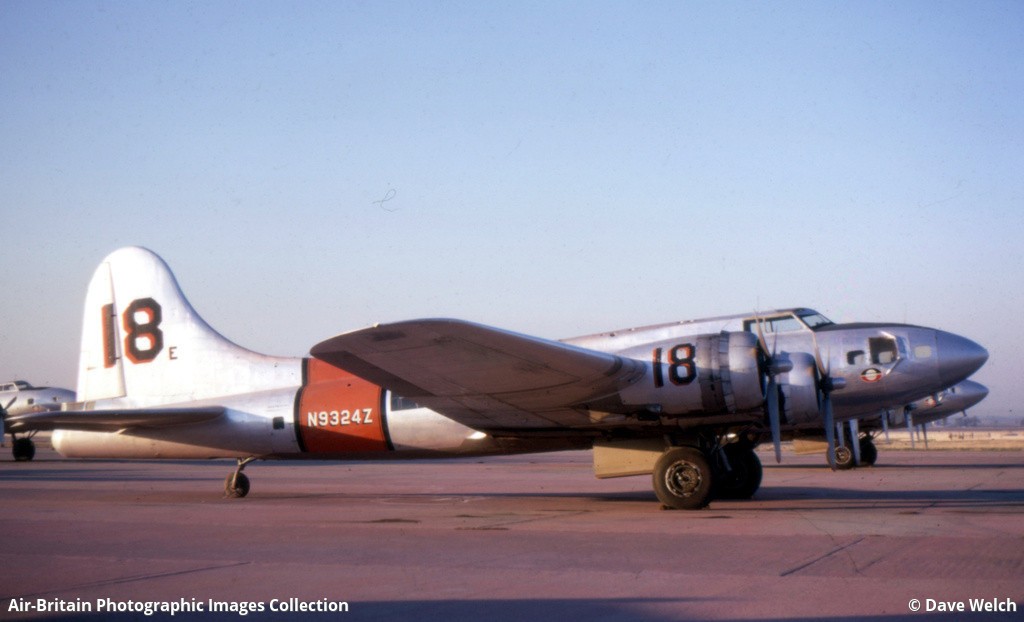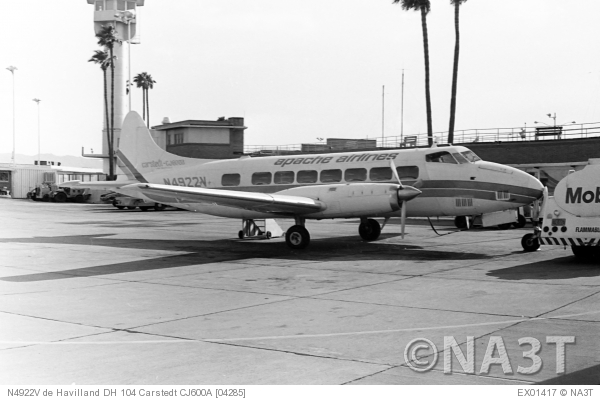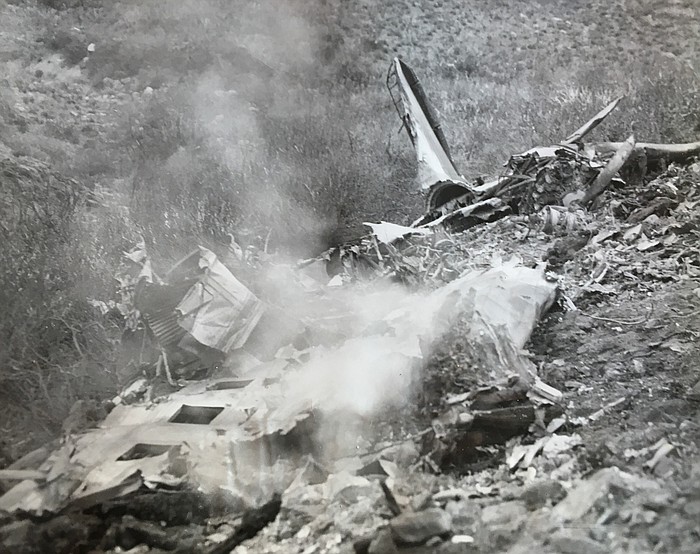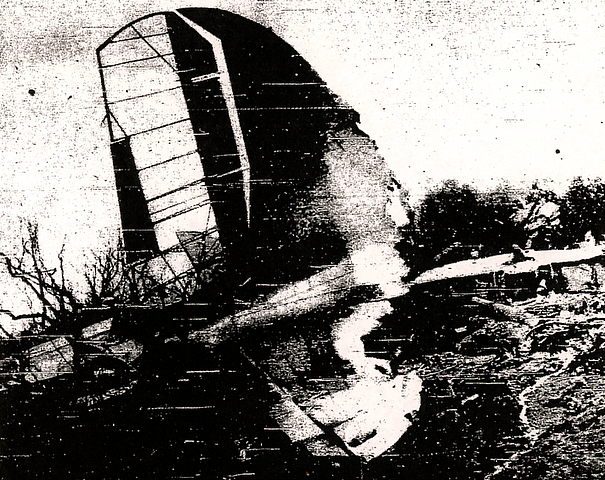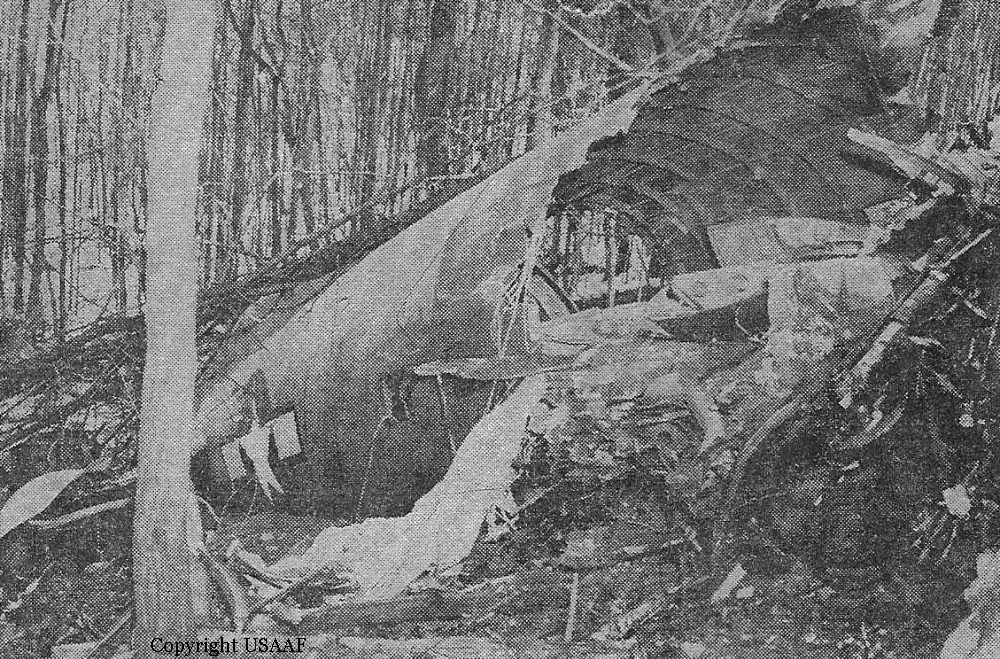Crash of a Lockheed L-188CF Electra at Ogden-Hill AFB
Date & Time:
Mar 19, 1972 at 0007 LT
Registration:
N851U
Survivors:
Yes
Schedule:
Tucson - Ogen-Hill
MSN:
2001
YOM:
1959
Crew on board:
3
Crew fatalities:
Pax on board:
0
Pax fatalities:
Other fatalities:
Total fatalities:
0
Captain / Total hours on type:
2500.00
Circumstances:
The crew was completing a ferry flight from Tucson to Ogden-Hill AFB. On approach, while descending to a height of 7,000 feet, the crew got a n°2 prop low oil warning. The engine was shut down but the crew was unable to feather the propeller for unknown reason. Despite the situation, the pilot-in-command was able to continue the approach and landed safely on runway 32. After touchdown, the n°2 prop separated from its mount and debris punctured the n°1 fuel tank. The airplane caught fire and came to rest in flames after a course of 4,000 feet. All three crew members escaped uninjured while the aircraft was partially destroyed by fire.
Probable cause:
Failure of a powerplant and propeller system on approach. The following factors were reported:
- Pressure too low,
- Improper in-flight decisions,
- Inadequate supervision of flight on part of the pilot-in-command,
- Improper use of equipment,
- Improper emergency procedures,
- Fire in engine,
- Low oil level light illuminated and prop oversped during feathering,
- Insufficient oil for unknown reason and engine oil not restored.
- Pressure too low,
- Improper in-flight decisions,
- Inadequate supervision of flight on part of the pilot-in-command,
- Improper use of equipment,
- Improper emergency procedures,
- Fire in engine,
- Low oil level light illuminated and prop oversped during feathering,
- Insufficient oil for unknown reason and engine oil not restored.
Final Report:



